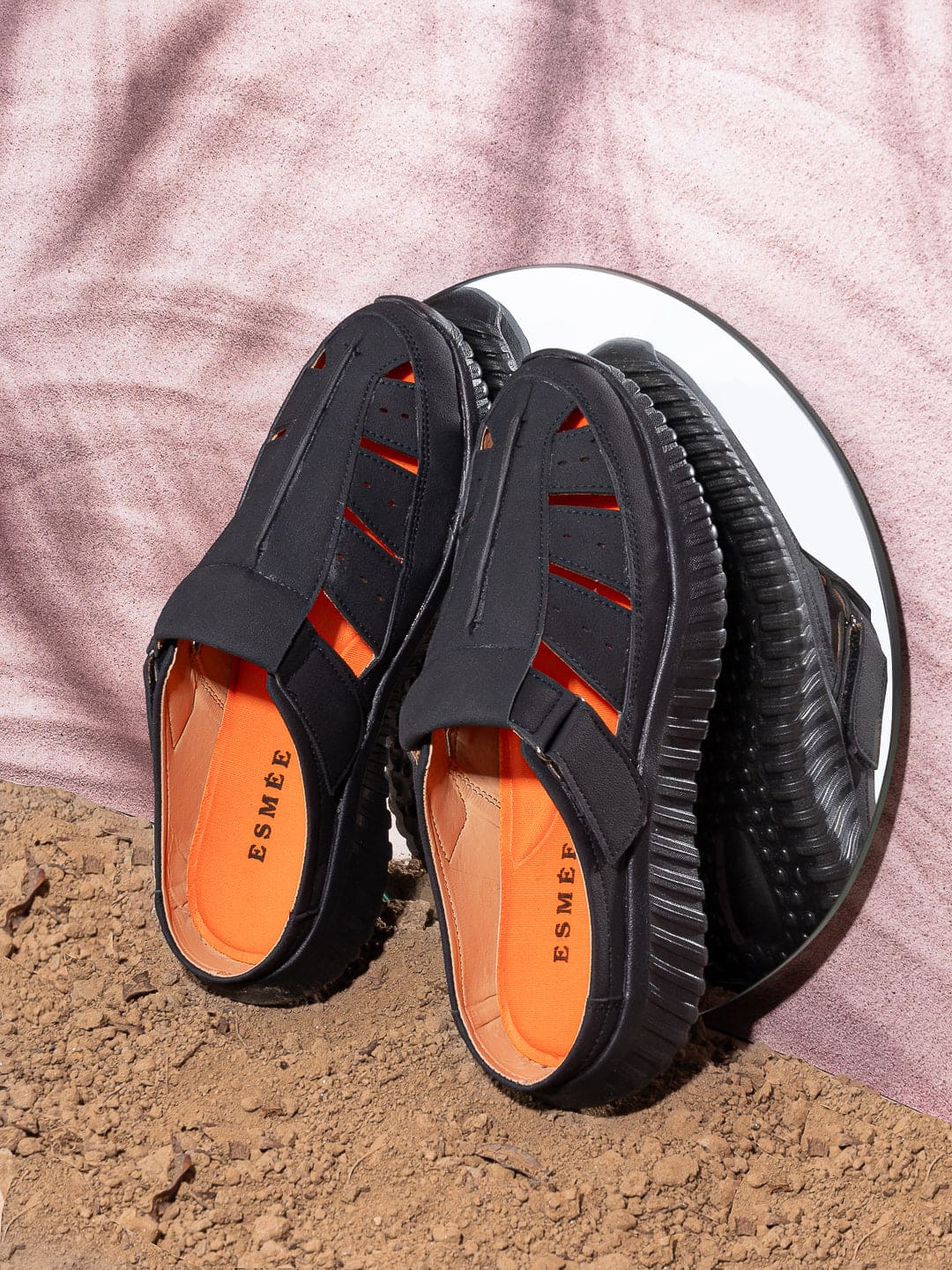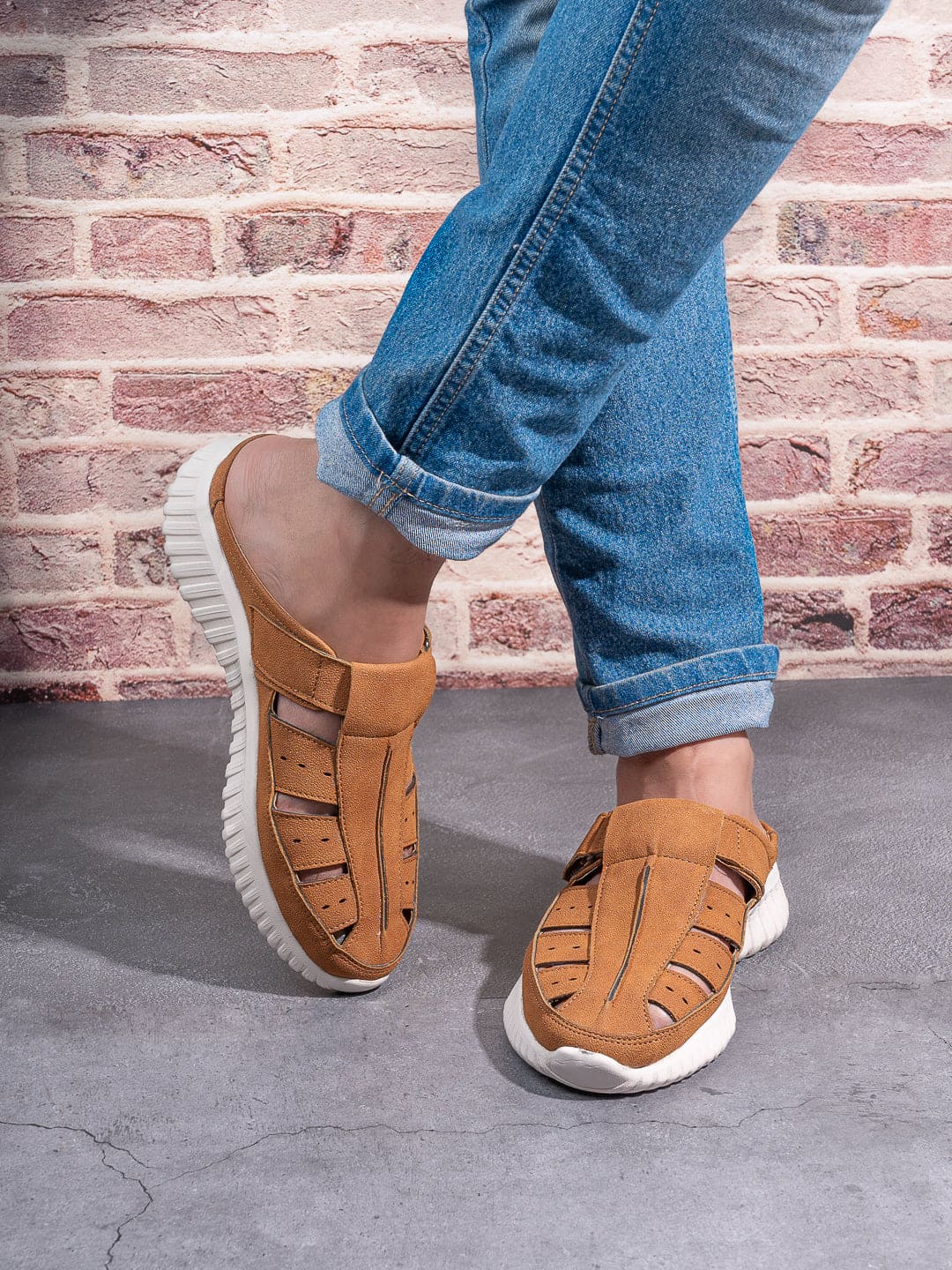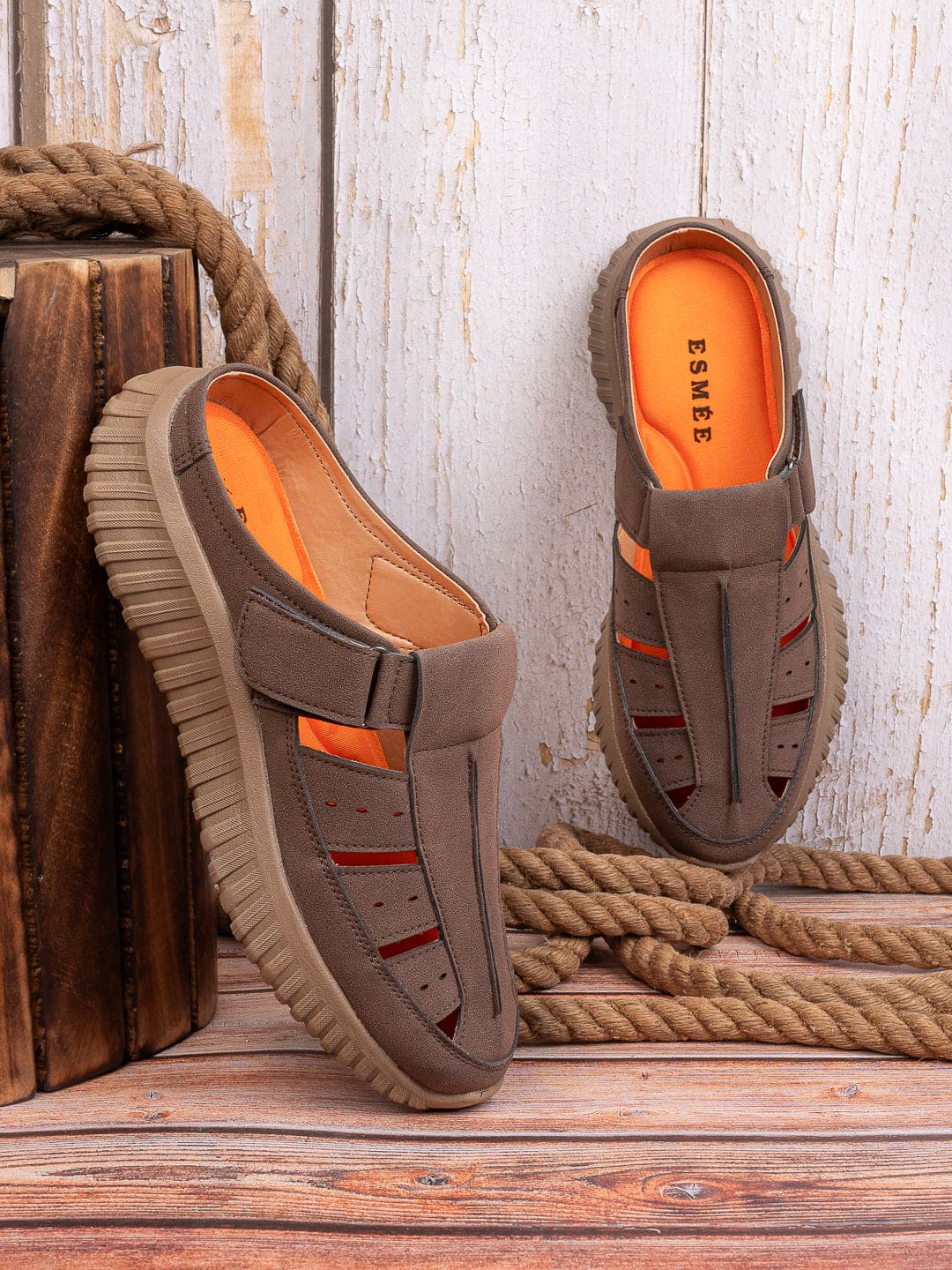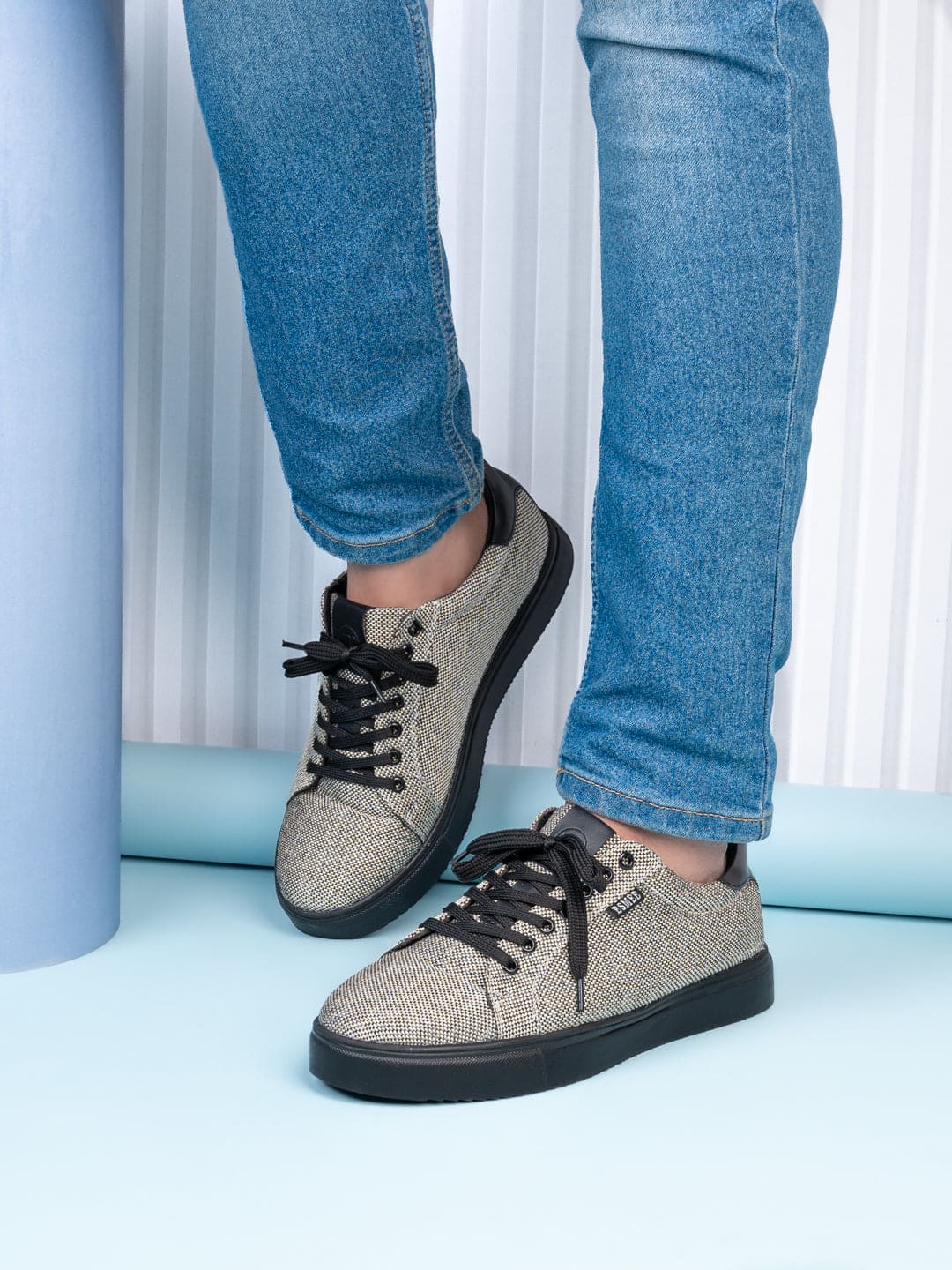Choosing the right footwear is essential to prevent future injuries and pain in the lower part of the body. When selecting the appropriate shoes, consider the following important factors. Understand your foot type, whether you have flat feet, high arches, or neutral arches.
Different foot types require specific types of support and cushioning to maintain proper alignment and reduce strain on the feet.
Ensure that the shoes fit well and have enough room for your toes to move comfortably. Shoes that are too tight can lead to blisters, corns, and other discomforts, while those that are too loose can cause instability and increase the risk of tripping.
Arch Support: Opt for shoes with good arch support, especially if your feet have either flat arches or high arches. Proper arch support helps distribute the weight evenly and works to alleviate pressure on sensitive areas and the lower part of the feet.

Cushioning: Shoes with adequate cushioning in the areas where there is an injury or discomfort can help reduce the impact while walking or running, thereby minimizing the pressure on the affected area. The cushioned materials in the shoes absorb the force generated with each step or stride. This reduces the impact on the injured area, preventing further aggravation and minimizing pain. By distributing the pressure more evenly across the foot, cushioned shoes help to avoid concentrated stress on specific areas, such as the heel, ball of the foot, or toes. This is particularly beneficial if you have conditions like plantar fasciitis, metatarsalgia, or heel spurs.
Stability: Shoes with stable soles and a firm grip provide better stability to your feet and reduce the risk of sudden twisting or falling. The firm grip and stable soles reduce the chances of slipping, especially on uneven or slippery surfaces. This significantly lowers the risk of accidental falls and potential injuries to the ankles, knees, and hips.
Breathability: Search for shoes produced using breathable materials to decrease sweat and dampness, which can prompt inconvenience and potential skin issues. Breathable materials wick away moisture from the feet, reducing the buildup of sweat and preventing excessive dampness. This helps in preventing bacterial and fungal growth, which can lead to foot odor and skin infections.
Shoe Type: Think about the particular sort of shoe that suits your necessities. For instance, in the event that you have a lower leg sprain, high-top athletic shoes can offer added lower leg support. In the event that you have a foot injury, you could profit from steady strolling or running shoes. If you have a lower ankle sprain or a history of ankle instability, high-top athletic shoes can be beneficial. These shoes offer extra support and stability around the ankle, reducing the risk of further injury and providing a sense of security during physical activities.
Orthotic-Accommodating: In the event that you wear custom orthotics or insoles endorsed by a podiatrist, guarantee the shoes have removable insoles or sufficient room to oblige them. Custom orthotics are tailored to your unique foot shape and specific needs. To experience their full benefits, they must fit snugly inside the shoes without causing additional pressure or discomfort. Shoes with removable insoles offer flexibility and enable you to replace the factory insoles with your custom ones.
Conclusion -:
Every person's feet are unique, so choosing the right footwear is crucial to minimize the risk of injuries and instability, allowing for maximum comfort and support. We hope this information helps you. Properly fitting shoes with adequate support and cushioning can prevent common foot problems such as blisters, calluses, and bunions. They also reduce the risk of more serious injuries like sprains, strains, and stress fractures.




